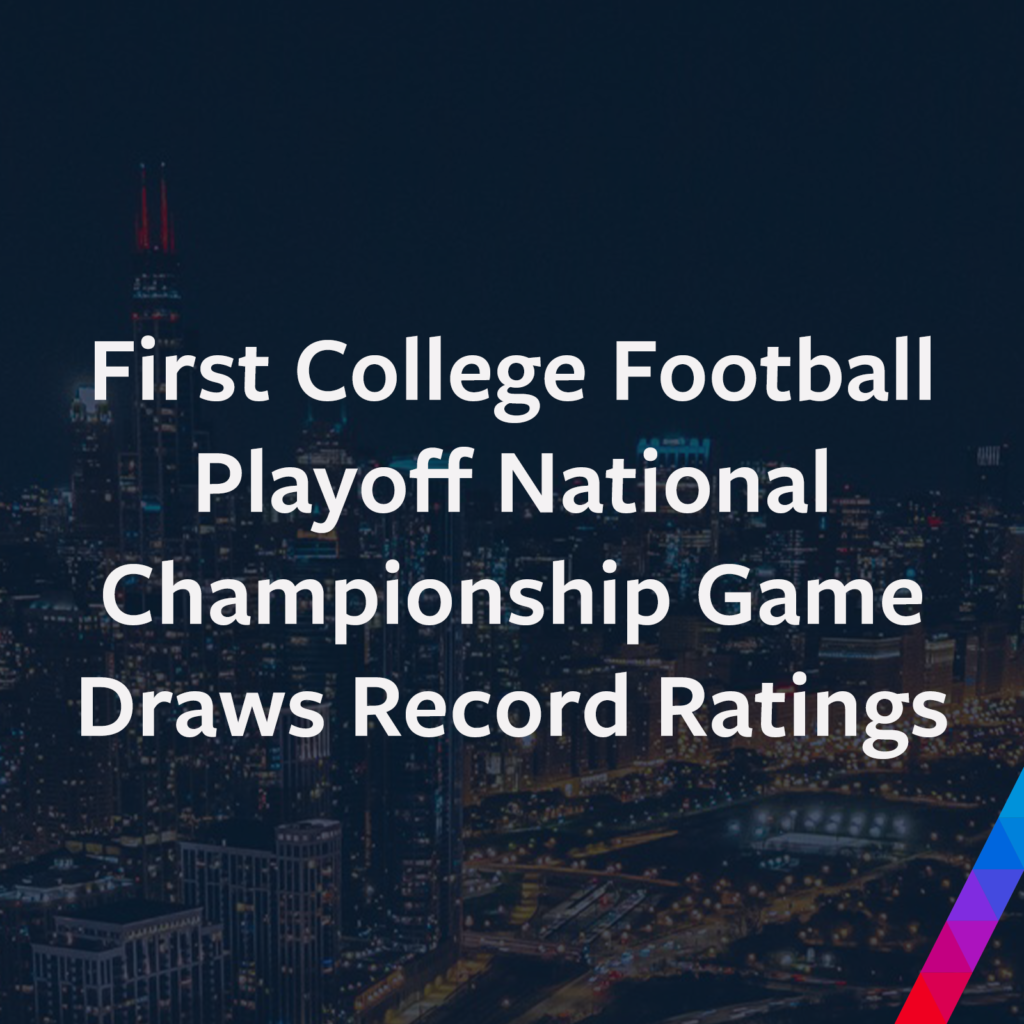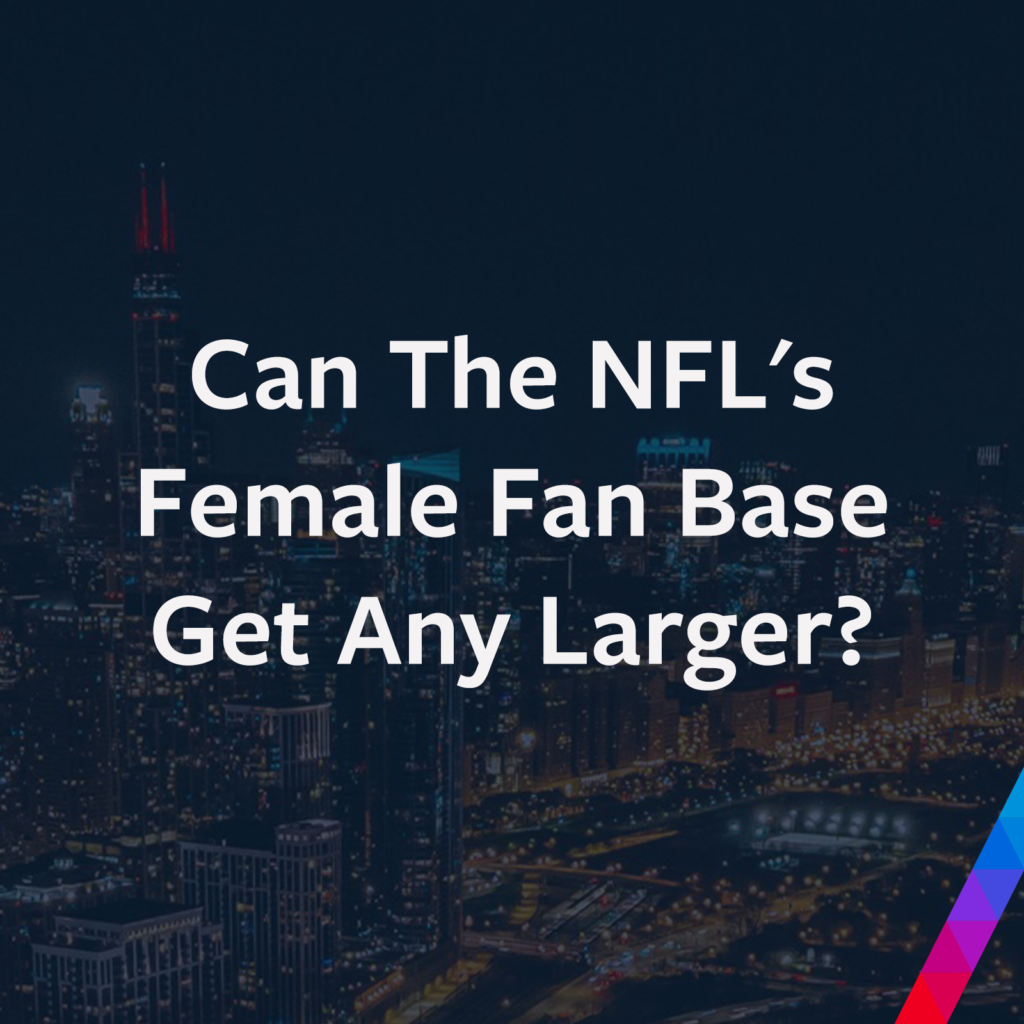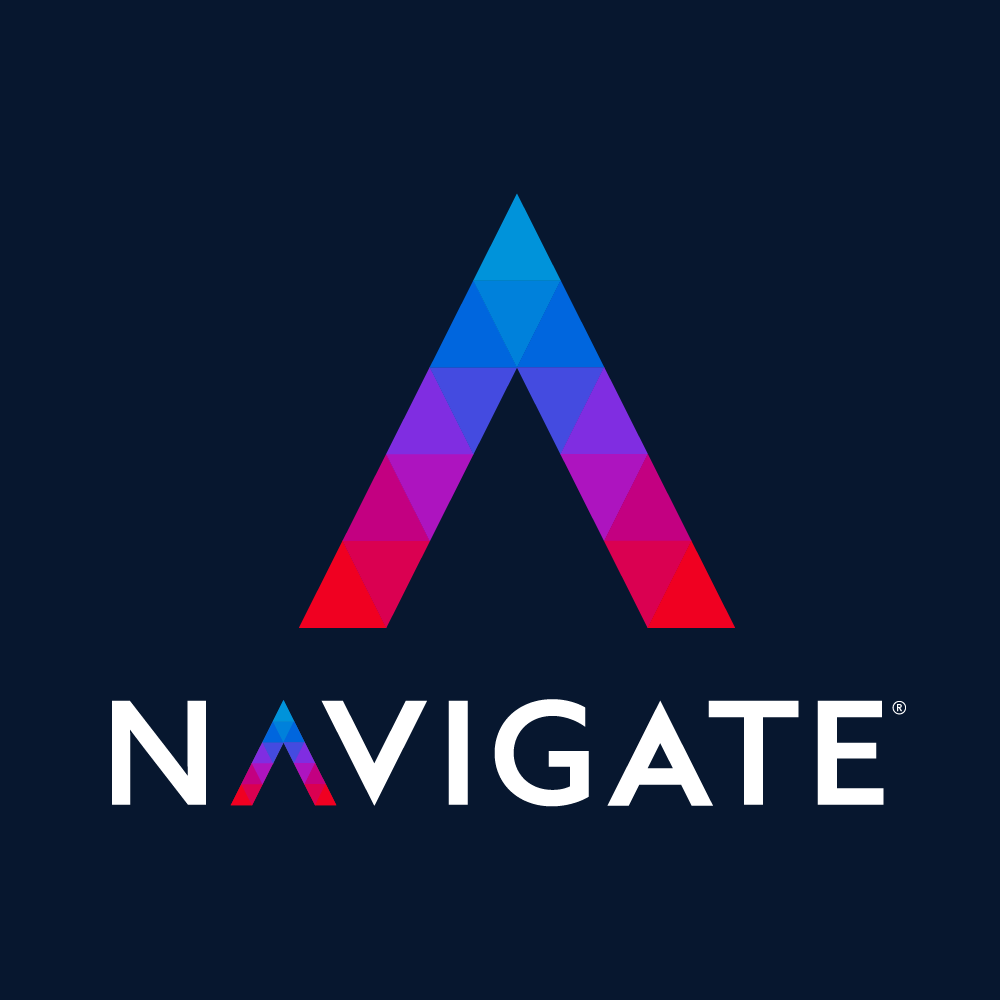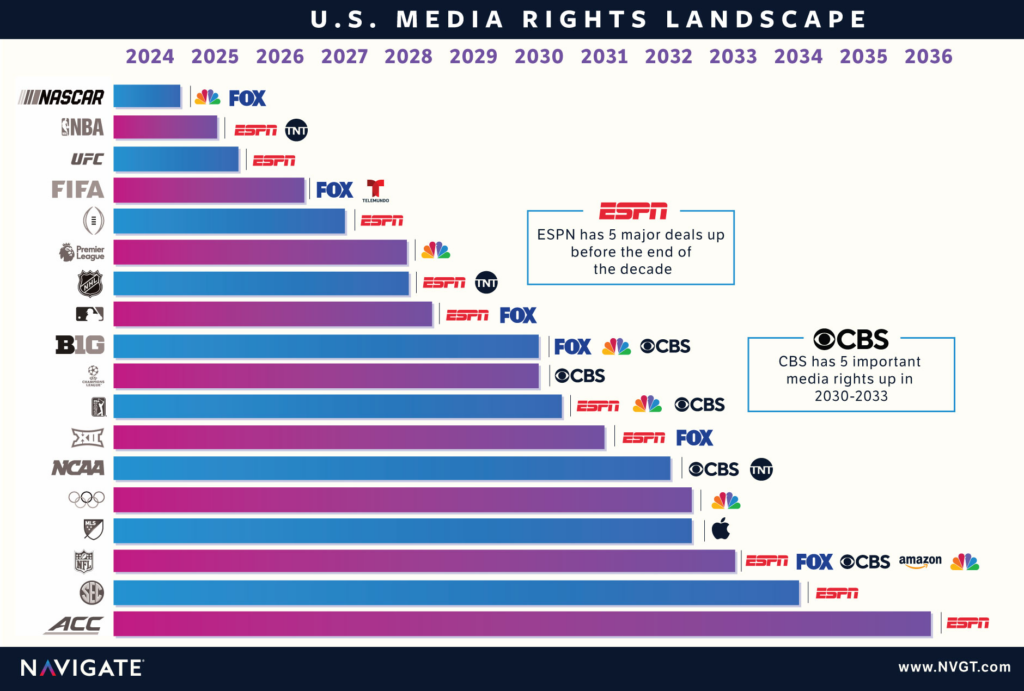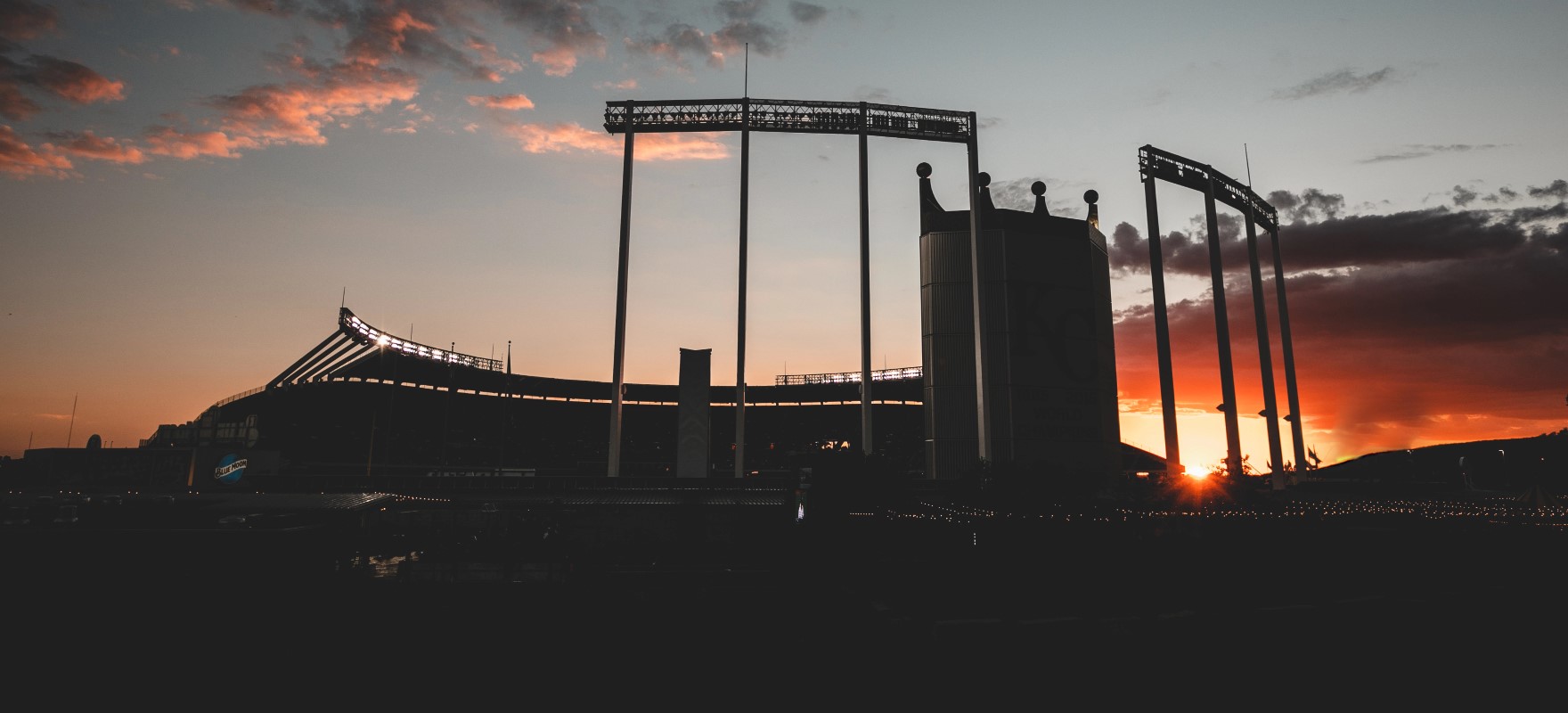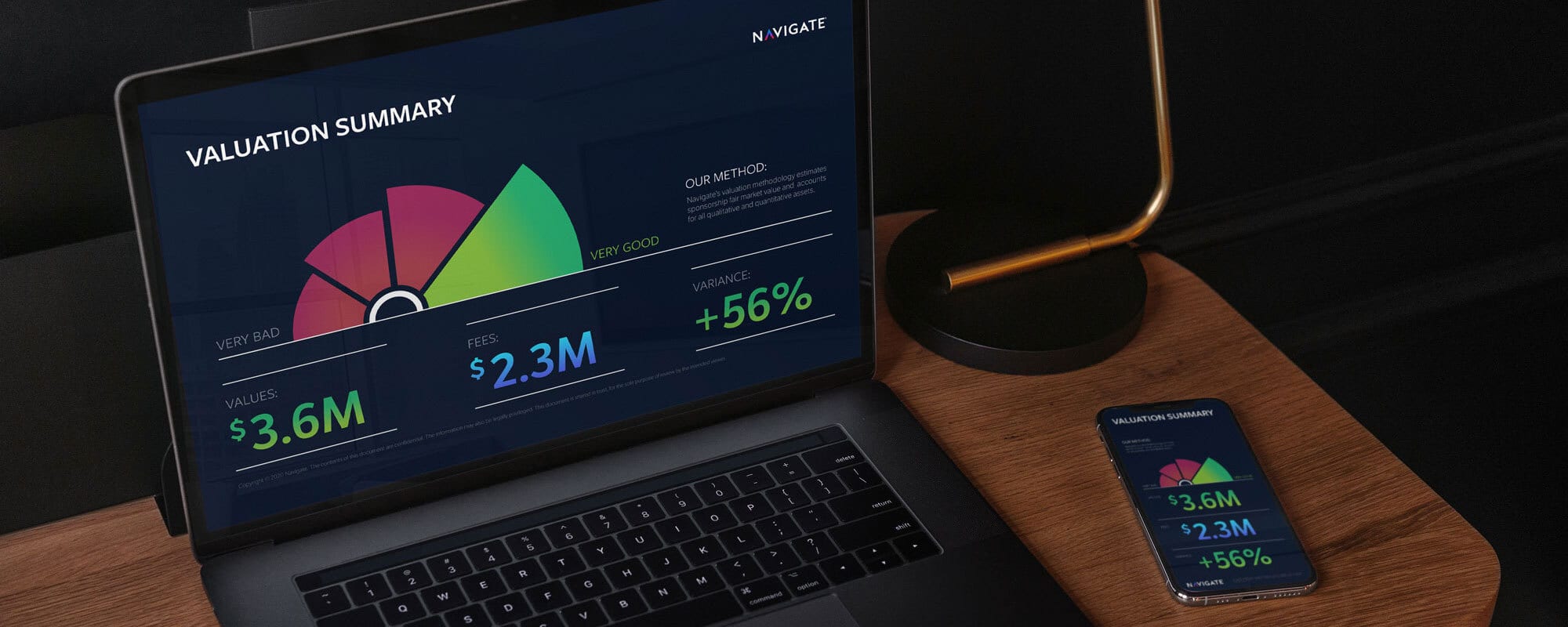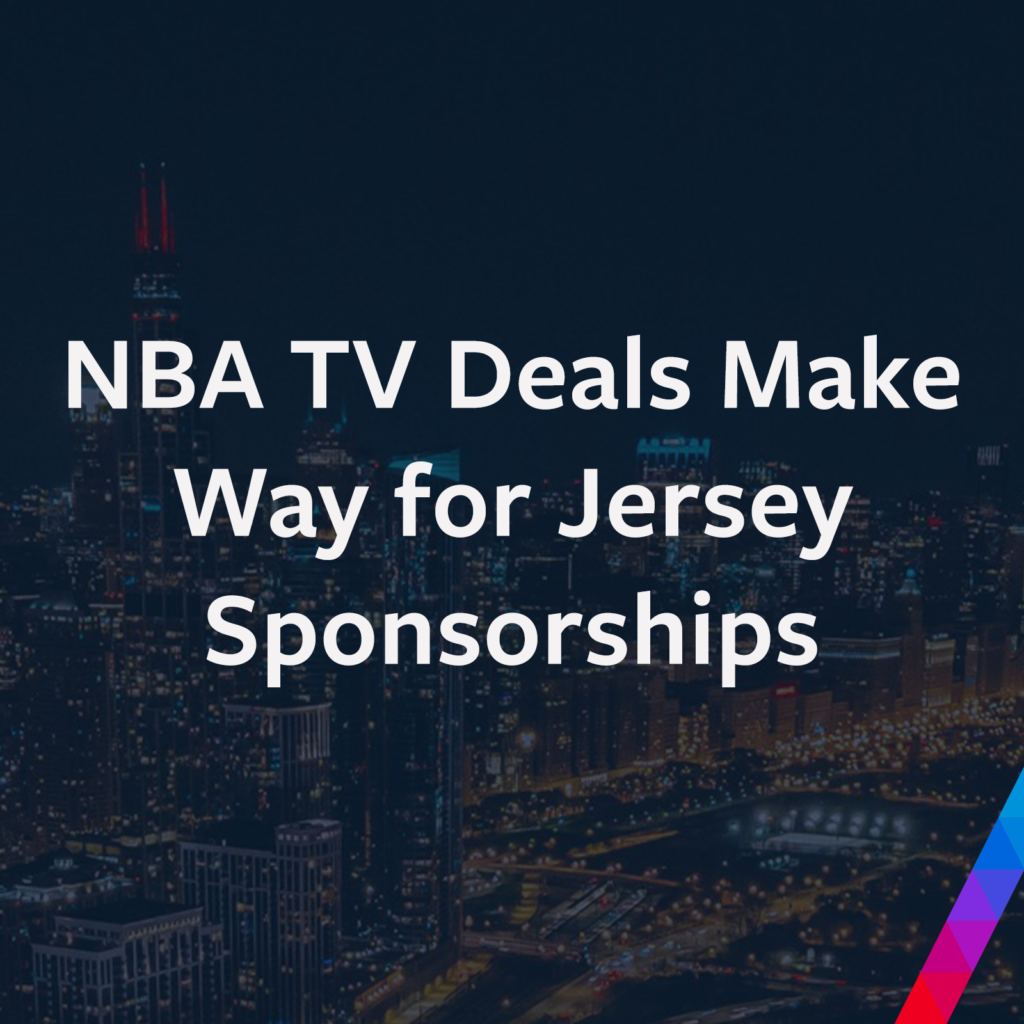
NBA TV Deals Make Way for Jersey Sponsorships
The recent renewal of its network broadcast deals was another step taken towards Commissioner Adam Silver’s vision for the National Basketball Association. The announcement of its 9-year, $24 billion deal with Turner and ESPN rivals that of the NFL’s 9-year, $27 billion deal signed in 2011. With this deal in place, it allows Silver to pursue other goals, and one that seems likely to occur is the placement of sponsors on jerseys.
Included in the new broadcast deal is a clause that will require commitments from any jersey sponsors to purchase TV advertising during nationally broadcast games featuring that team. Obviously, this would have a greater effect on certain team sponsors than others, since it depends on how many times each team is featured on a national broadcast. For example, any brand that chooses to sponsor the Los Angeles Lakers would not only be paying more for the jersey patch itself, it would also be promising to pay quite a bit to the networks for more advertising. Last year, the Lakers were featured on national TV 15 times. Depending on the amount promised to the networks, this could result in a significant sum of advertising dollars for Turner and ESPN for which they don’t even have to sell.
Another aspect of this deal that points towards jersey sponsors entering the picture sooner rather than later is the fact that Turner will be able to sell ads on the All Star Game jerseys beginning in 2017 (first year of the new deal). Considering the amount of viewers for the All-Star Game (7.5 million in 2014), the media equivalent value for a jersey partner would be around $2.5 million**. This does not take into account any of the other activities from All Star weekend or any of the earned media coverage surrounding the events
However, since this is the value of the equivalent of 30-second commercials during the game, Navigate would not recommend a brand pay this much for the opportunity to sponsor the All Star game jerseys. A logo appearing on screen during gameplay is not the same as a 30-second spot in which the brand can be prominently featured and include a call to action. Also, since it will be on screen often during the game, the law of diminishing returns would lower the value even more.
One other experiment Commissioner Silver is conducting that will have an effect on sponsors is the idea of a shorter game. Recently, the Boston Celtics and Brooklyn Nets played a preseason game that was 44 minutes long as opposed to the normal 48 minutes. This game took 1 hour, 58 minutes to complete, which is about a half hour shorter than the normal game time. A shorter game might be better for the players health in the long run, as it effectively shortens the season by nearly 7 games, but it would have a negative effect on sponsors, owners, and players’ pocketbooks.
A shorter game would mean fewer commercial breaks, so fewer slots for sponsors to advertise their brand during a game. It also means less time to sell rotations different signage in an arena, such as the courtside rotational signage. Some teams sell these rotations in four-minute chunks, or the amount of time being cut from the game. This would result in a loss of a substantial amount of money for teams, as some sell this asset for several hundred thousand dollars per season. Luckily, this change seems much less likely to occur any time soon.
So far, Commissioner Silver has not rested on the recent success of the league, but has been proactive in improving the league and its offerings to fans and sponsors. It has resulted in a huge media deal, giving more money to both owners and players. With jersey sponsorships likely to be sold soon, it will open even more opportunities to increase revenue and allow Silver to truly put his mark on the post David Stern era of the NBA.
**Values calculated from the Sponsorship NavigatorTM. For more information, please click here.**

